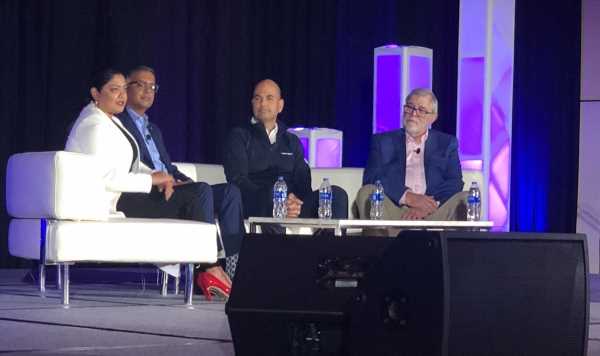ORLANDO, Fla. – As patients move into the consumer role, they are demanding more from their care. This is true across specialties, including primary care. The space has seen an uptick in digital modalities in recent years, according to panelists at HIMSS22’s Accelerate Health event.
“Every consumer at some point will be a patient. Every patient is already a consumer. … A consumer is searching and a patient is needing guidance and help. I think there is a lot of gray area in that,” Rani Khetarpal, head of value-based care partnerships at CVS Health, said during the panel.
But different consumers have different needs and wants out of their primary care providers. For example, Rani said she prefers virtual care due to her schedule, however, her parents prefer in-person visits.
“So it goes back to how we actually treat that individual patient?” she said. “What is the modality to treat that patient? How do we get to that patient? How do we bring in the payers, providers, the care team and the patient to have an actual dialog?” Khetarpal said.
She noted that CVS’ brick-and-mortar model isn’t going away, but the retail giant is using new means to reach more patients.
John Singerling, chief network officer at One Medical, said that at his organization is looking to other industries for example of customer-centered design. Besides the clinical staff, the bulk of its workforce doesn’t come from a healthcare background. Instead the staff is bringing their experience from other industries such as tech and hospitality.
The company uses near real-time data to see if they are meeting client expectations. For example, every day the company analyzes wait times. If a patient is required to wait 30 seconds after their scheduled appointment to get in the door, that is flagged as an issue.
“We don’t like using the word waiting rooms,” Singerling said. “The [traditional health] system isn’t designed around the individuals we serve.”
Partnerships and patient feedback are key to making sure that innovation is still in line with what patients require.
“We’re building a healthcare ecosystem and still learning, a lot of it is still trial and error,” Khetarpal said. “We need feedback from patients as to what works and what doesn’t – and know what comes next around that. There is so much innovation happening at such a rapid pace that patients can’t keep up. I think that getting that feedback can improve [care].”
More regional news

Woebot Health scores $9.5M and more digital health fundings
Tech's role in the patient-to-consumer evolution

'Recognize it, monitor it, audit it': Taking action to avoid biased healthcare AI
Source: Read Full Article
